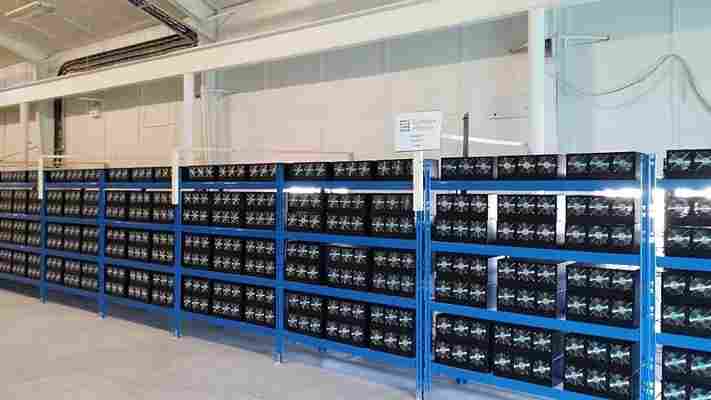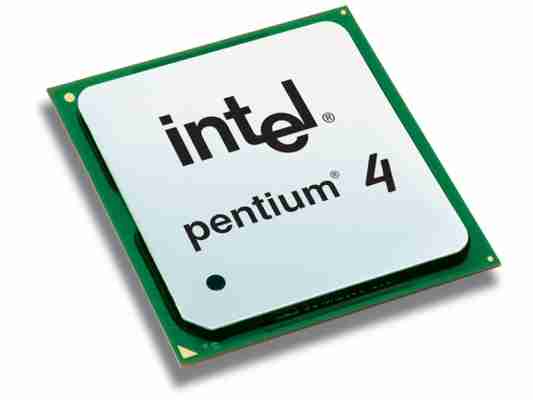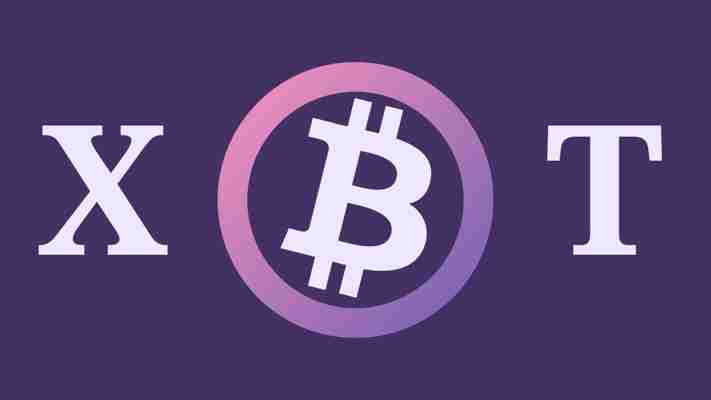A brief history of bitcoin mining hardware
Bitcoin mining was once nothing more than a lucrative hobby for nerdy cryptocurrency enthusiasts. The only hardware required, in the beginning, was a simple computer. Things have changed a lot in less than 10 years.

In 2009 the first bitcoin miners used standard multi-core CPUs to produce BTC at a rate of 50 per block. If you had a couple computers lying around with decent specs you could have earned about five dollars a day. The difficulty of mining (amount of computing power necessary) was so low then it was worth it for hobbyists and crypto nerds to participate.


Today, mining 50 BTC would reward you in excess of $434,000 per block. A little over a month ago, when it was trading at nearly $20K, that same nerdy “hobby” would have netted you nearly a million dollars a pop.
But, if you are going to hop in your time machine don’t go back to ancient 2009. It was a strange time where people used GPUs to play video games, instead of playing them with cardboard like we do in the present. So, we’d suggest dialing your Delorean’s date display to 2010 – and bring pizza.
Arguably, bitcoin’s first valuation didn’t come from a giant company, it came from a hungry dude named Lazlo Hanyecz who, in May 2010, posted the following to Bitcointalk’s forums under the subject “ Pizza for bitcoins? ”:
Eventually someone took him up on the offer and Hanyecz ended up eating a meal that, only eight years later, would be worth $8.6 million.
More importantly, in October 2010 the code for mining bitcoin with GPUs was released to the general public. As mining difficulty rose so did the need for better, more dedicated hardware. GPUs were up to the task.
Mining bitcoin on a single GPU took very little technical skill. Nearly anyone with a few hundred bucks could could do it, and computational requirements were still low enough to make it worthwhile. That would quickly change however, as cryptocurrency began to catch on the community started to get some big ideas on mining hardware.
According to a research article by Professor Michael Taylor of the University of Washington:
Finally, there was a way for the little people to make money using the magic of cryptography and blockchain. It was time for everyone to quit their jobs, plug in a bunch of fairly-affordable mining rigs, and drink pina coladas on the beach.
Except mining difficulty continued to rise, and with it, the power requirements would soon become too steep for your average hobbyist to make any money. By June 2011 field-programmable gate arrays (FPGAs) were becoming all the rage.
Mining began to scale once FPGAs were modified for the purpose. The biggest draw to this hardware was the fact that it used three times less power than simple GPU setups to effectively accomplish the same task. In cryptocurrency, for a brief moment, FPGAs were the best thing that’d happened since sliced bread.
Yet, if you were an independent miner in 2011 who enjoyed your GPU setup, the writing was on the wall. FPGAs soon gave way to application-specific integrated circuit (ASIC) systems, and Bitcoin went from hobby to industry.
Where FPGA requires tweaking after purchase (the field-programmable part of FPGA), an ASIC is created for a specific use, in this case mining cryptocurrency. This is why ASIC miners remain the standard.
The future of Bitcoin is impossible to predict, and there’s plenty of altcoins you can mine without having to invest in millions of dollars worth of warehouse space, hardware, and electricity.
But, for those who can afford it, the lure of bitcoin mining continues to prove lucrative – at least for hardware manufacturers.
Bitcoin heads to Wall Street as CBOE launches futures
Bitcoin finally arrived on Wall Street with the launch of the Chicago Board Options Exchange’s (CBOE) futures for the cryptocurrency on Sunday. Within hours of the exchange kicking off trading for Bitcoin futures at 6PM ET, they soared by 25 percent – triggering a five-minute trading halt that’s similar to a pause in trading stocks when prices rise or fall drastically.

The launch also caused CBOE’s site to crash, due to a massive surge in traffic. Things soon returned to normal, and trading of the new futures, which use the XBT ticker symbol, continued.
CNBC reports that the new futures contract, which expires on January 17, 2018, traded more than $2,000 higher at $18,490 (an increase of nearly 20 percent).
For those out of the loop, here’s what you need to know, from this handy explainer over on Business Insider : a future allows two parties to exchange an asset at a specified price at agreed-upon date in the future. In the case of Bitcoin futures, it’s essentially a financial product that lets investors bet on what they think the price of Bitcoin will be at a future date.
The launch of Bitcoin futures on CBOE means that large investment firms and brokers can bet big on the cryptocurrency, lending it more credibility and possibly curbing its volatility. There’s also a chance of it being turned into an exchange-traded fund , where the fund owns the underlying assets (Bitcoin, in this example) and divides up its ownership into shares. Investors will then receive interest or dividends as it’s continually traded.
Of course, some folks are still not convinced that Bitcoin is ready for use with such financial instruments, but the incredible growth in value of the cryptocurrency – 1,600 percent this year alone – means that it’s impossible to ignore the possibilities and opportunities that it could afford.
India’s cryptocurrency fans might have to link their Aadhaar IDs with their wallets
As India cozies up further with cryptocurrencies, it looks like enthusiasts will have to let the government get a ringside view of the action, as a proposal to link accounts on Bitcoin exchanges to users’ national IDs is in the works.

Ajeet Khurana, head of the Blockchain and Cryptocurrency Committee of the Internet and Mobile Association of India (IAMAI), told the Economic Times that the group (which counts seven cryptocurrency exchanges among its members) plans to submit a proposal to the government, in which the concerned agencies will be able to look up purchase data for all buyers and sellers on domestic exchanges and trace their activity through their Aadhaar ID or Permanent Account Numbers (PAN).
While the PAN has been around for several decades to enable citizens and foreign nationals to make monetary transactions in India, the country’s Aadhaar ID system is more recent and has been under fire over privacy surveillance concerns.
The decision to propose traceable activity within India’s domestic exchanges follows a statement from the country’s Finance Minister from earlier this month, in which he said that cryptocurrencies aren’t legal tender there (to be clear, no currency except the Indian Rupee is a legal tender in the country), and that there will be a crackdown on the use of virtual currencies in financing illegitimate activities.
In addition, India’s tax authorities have issued notices to some 100,000 investors, asking them to reveal the profits they’ve earned through trading. There’s likely plenty in taxes to be collected, as one in every 10 Bitcoin transactions is said to take place in the country .
It’ll be interesting how this plays out, and what it spells for investors across India. After the proposal is submitted to the government panel overseeing cryptocurrency activity this week, it’s expected to share its recommendations next month.

Leave a Comment